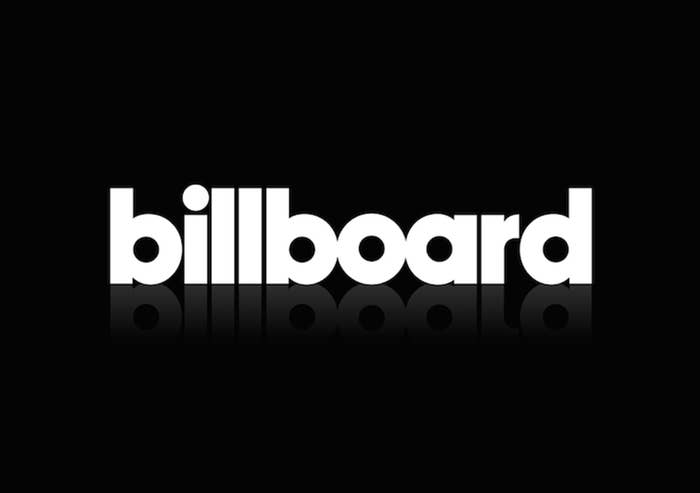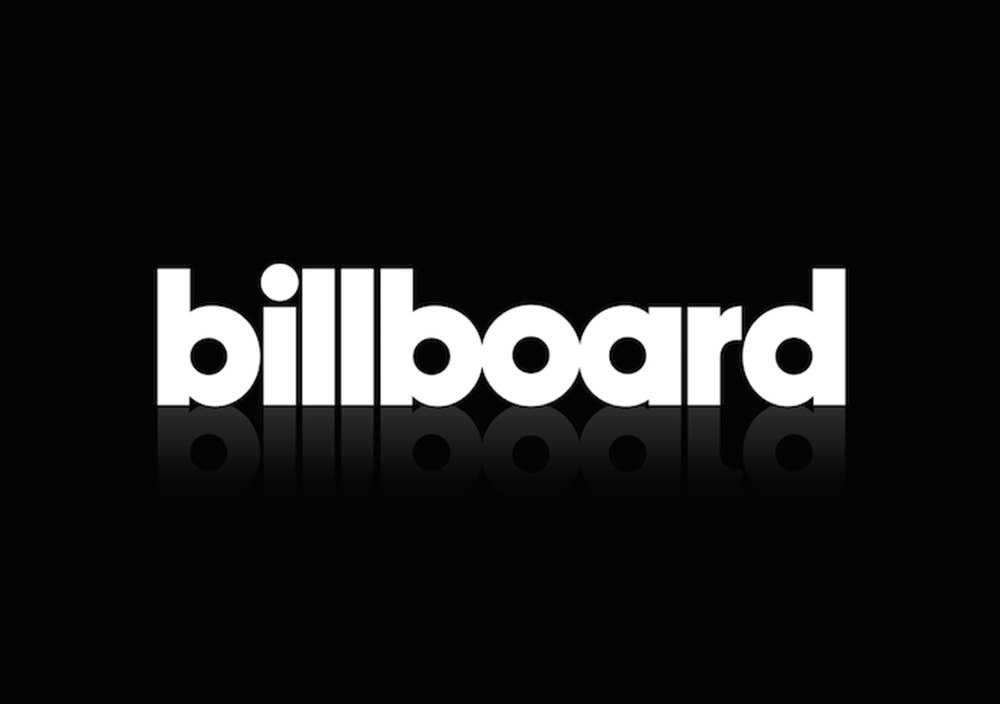
Last week, Billboardannounced a new round of adjustments to the way their charts will be calculated in 2018.
The biggest change is that streams on paid, subscription-based services like Apple Music will count more towards a song’s chart totals than streams on free, ad-supported services like YouTube.
As they explain in the announcement, “It is Billboard’s belief that assigning values to the levels of consumer engagement and access—along with the compensation derived from those options—better reflects the varied user activity occurring on these services.”
Devaluing YouTube streams because they’re supported by ads instead of subscriptions SEEMS MISALIGNED WITH BILLBOARD'S GOALS OF ACCURATELY IDENTIFYING THE MOST POPULAR MUSIC IN THE COUNTRY.
In the past, Billboard has been savvy about reacting to the constantly evolving nature of the music industry when reevaluating its calculations. To more accurately identify a song's popularity, they recently decided to assign less of a weight to “programmed streams” (from online radio stations like Pandora) than plays on on-demand services like Spotify, where users are more deliberate and intentional about their song selections.
Devaluing YouTube streams because they’re supported by ads instead of subscriptions feels like a step in the wrong direction, however. More people consume music on YouTube than on all other major streaming platforms combined. Reducing the value of these streams because of monetary reasons is a decision that seems misaligned with Billboard’s stated intentions of identifying the most popular music in the country.
That’s the question this update is raising: Are the Billboard charts a reflection of the most popular music in the country or the most profitable music in the country? According to their website, the company’s goal is still to identify the most popular music.
Billboard’s Hot 100 web page currently defines the list as: “This week's most popular songs across all genres, ranked by radio airplay audience impressions as measured by Nielsen Music, sales data as compiled by Nielsen Music and streaming activity data provided by online music sources.”

So, why did they make this change? There are a couple theories. Some suspect that this is a reactionary decision to the widely reported story that Post Malone and Republic Records gamed the system with a “YouTube trick” that pushed “Rockstar” to the top of the charts.
The tactic of uploading an incomplete, looped version of a song to YouTube with the hopes of multiplying play counts is indeed fishy and needs to be addressed. But the effects of that video on the charts were overstated and the song would have still reached number one without the trick, according to a detailed report from Genius. Simpler remedies like eliminating incomplete, looped songs from chart data may have been a more effective approach.
Another theory, explained by Forbes, is that record labels put pressure on Billboard to discount YouTube's impact on the charts because they're upset with the low payouts they receive from Google in comparison to subscription-based services like Apple Music.
Regardless of the reasoning, the decision to discount streams on the most widely used music streaming service undermines Billboard's mission to identify the most popular, impactful songs in America.
These charts still matter and still have a big impact on the industry. When someone like Cardi B gets her first number one single, it becomes a huge story and attracts additional attention (and money) in her direction. So, it's important that Billboard's charts are as accurate as possible. The industry as a whole is very slippery and hard to quantify in 2017, but we still look to Billboard to make sense of it all. It's important that they get it right.
As Brendan Frederick, Chief Content Officer at Genius points out, YouTube's audience is disproportionately young. Free, ad-supported places on the internet like YouTube and SoundCloud are where new trends develop and young people are shaping the future of the industry.
If Billboard discounts the importance of platforms like this, they run the risk of losing touch and becoming irrelevant.
Billboard did not respond to P&P's request for comment.


